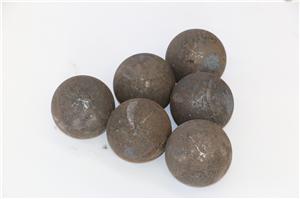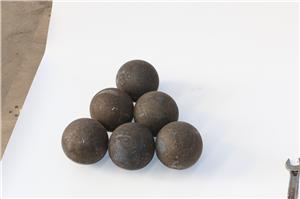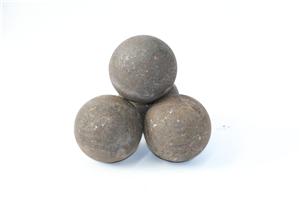-
29-05-2025
"Haoyang Forging Overcomes Technical Barriers, New Generation of Wear-resistant Steel Balls Lead the New Development of 'China's Steel Ball Capital'."
Forged steel balls are wear-resistant grinding media produced through a high-temperature deformation process. Their production process mainly consists of two methods: rotary cutting roll forging and hammering. In terms of material selection, special alloy steels such as 60Mn, 65Mn or B2 are often used. After heating the steel rods to 1000-1100℃ in a medium-frequency heating furnace, they are deformed by an air hammer or roll forging machine to form the initial spheres 139. The forged steel balls need to undergo quenching and tempering treatment to achieve a surface hardness of HRC 56-67, with uniform hardness gradient both inside and outside, and possessing high wear resistance and impact toughness (impact value ≥ 12J/cm²), with a breakage rate of less than 1%. Compared to cast steel balls, forged steel balls have advantages such as smooth surface, dense structure, and low out-of-round rate (≤ 2%). Their service life can reach 2-5 times that of cast balls, and are particularly suitable for wet grinding environments in large-scale mines and cement plants 2410. The production equipment is trending towards automation, with energy consumption reduced by 30%-50%, resulting in significant cost benefits and becoming an ideal substitute for high-chromium cast balls 15. Currently, they are mainly used in large-scale grinding scenarios with a diameter of 110mm or above, and global mining giants such as Rio Tinto and BHP Billiton have widely adopted them 89.




